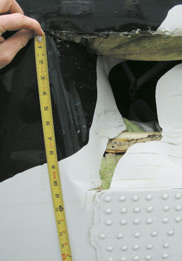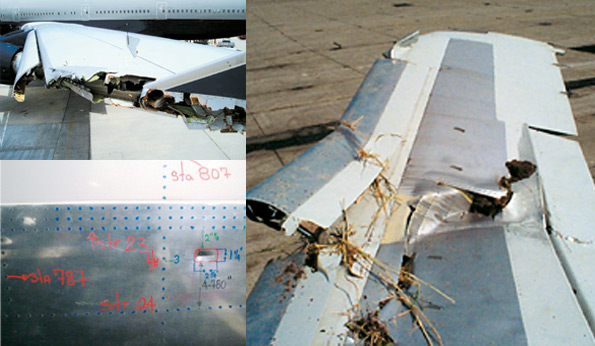
 |
Boeing aims to provide a quick and accurate response to operator requests for repair data. However, the escalating operator demand for approved repair data can mean longer response times and result in operators having airplanes out of service longer than desired. By understanding the different types of repair data, applicable regulations, and the process for submitting requests for repair data, operators can receive the repair data they need and minimize the length of time an airplane is out of revenue service. |
| CLASSIFYING A REPAIR AS "MAJOR" OR "MINOR" IS BASED ON THE COMPLEXITY OF THE REPAIR AND THE CAPABILITY OF THE OPERATOR. | by Dale Johnson and Ron Lockhart, Regulatory and Industry Liaison Program Managers, Commercial Aviation Services |
Operators are often faced with a dilemma when determining the type of repair data that is needed to meet regulatory requirements. Under the United States Federal Aviation Administration (FAA) system, repair data can be classified as either “acceptable” or “approved.” In European Aviation Safety Agency (EASA) regulations, all repair data shall be “approved.”
In addition, a new bilateral agreement between the United States (U.S.) and the European Union (EU) is refocusing attention on the issue of approved versus acceptable repair data. Many operators and maintenance, repair, and overhaul (MRO) organizations in the EU are not familiar with “acceptable” repair data because it is not commonly allowed by EASA.
This article defines “acceptable” and “approved” repair data, explains the differences between the FAA and EASA regulations, outlines the repair data section of the new bilateral agreement between the U.S. and the EU, and familiarizes operators with the most effective ways to receive the appropriate repair data needed from Boeing.


